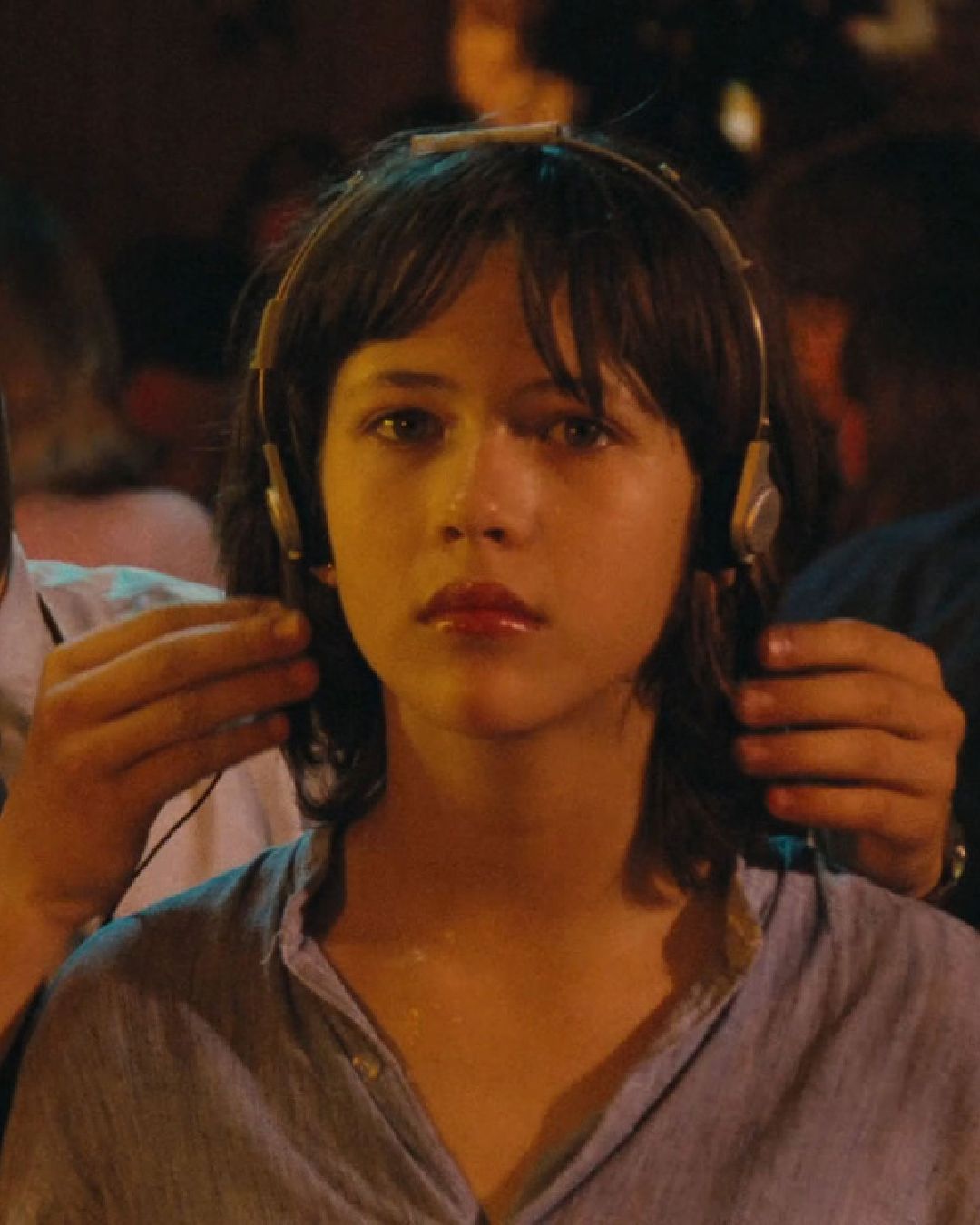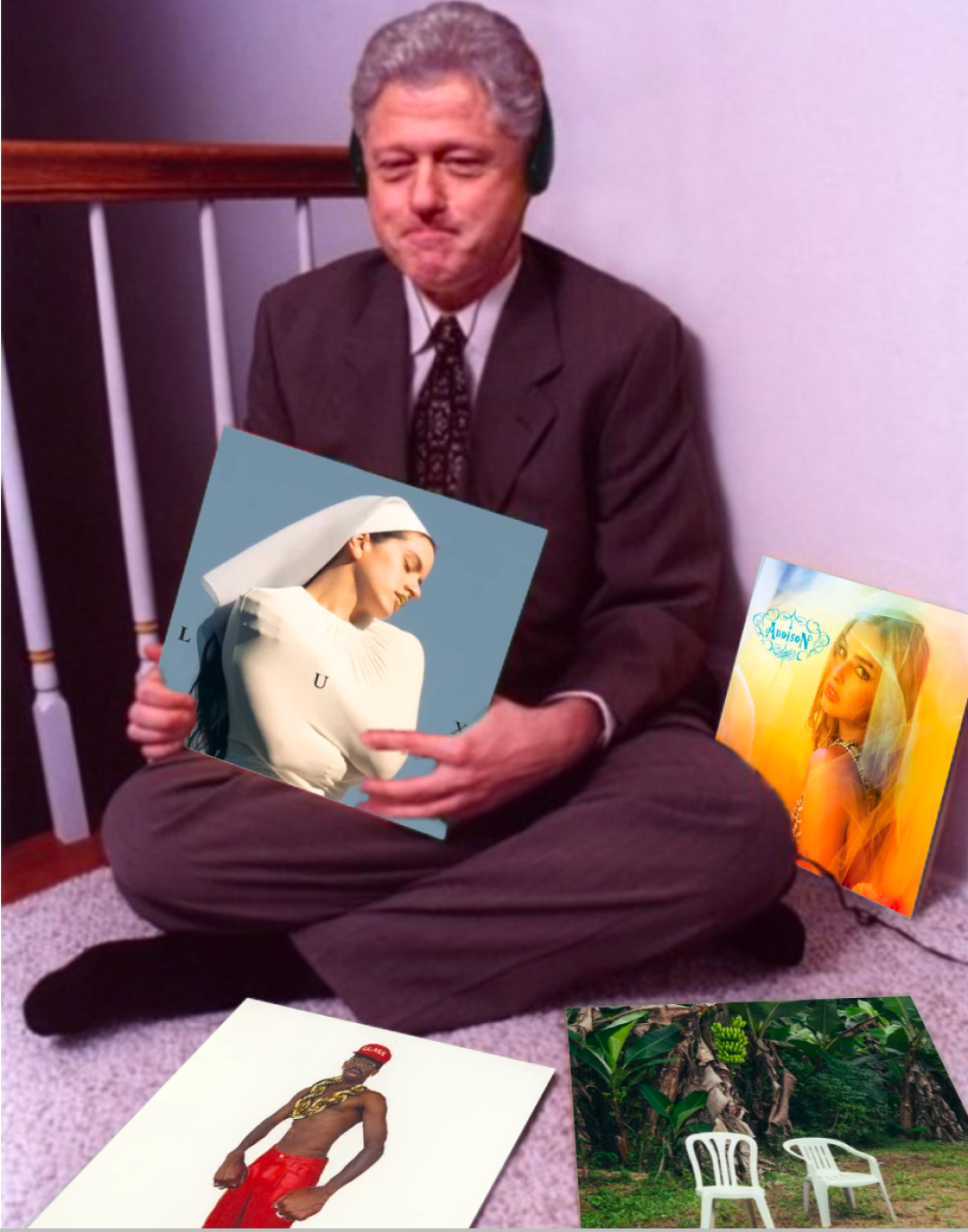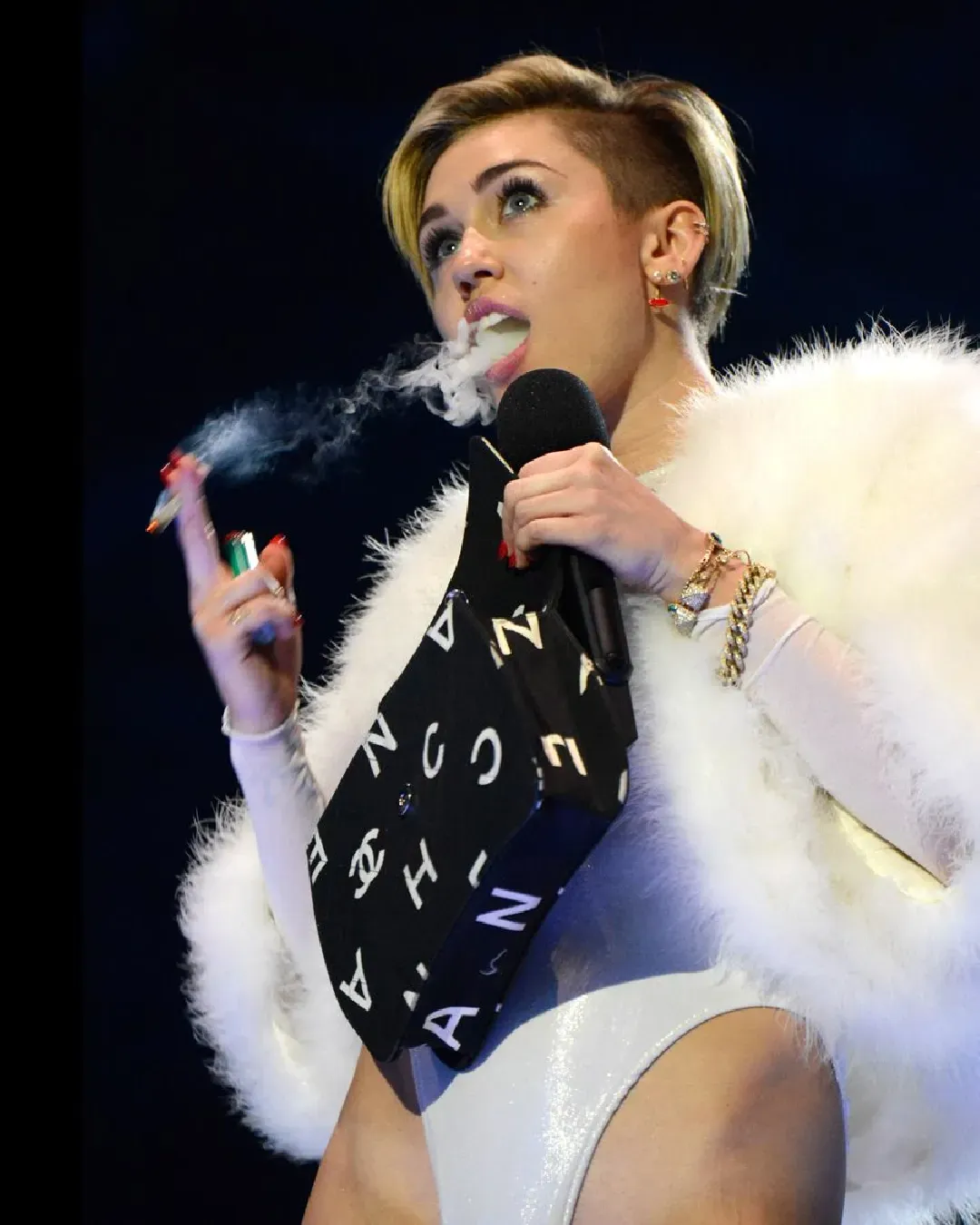
Everything you need to know about Spotify's 'fake artists' And what problems they pose for the record market
Often the songs found in Spotify playlists to accompany a specific mood are not born from the will of individual artists, but are produced at the request of the platform itself, which has collaboration agreements with numerous musicians to create pieces to be offered as background music. These are the so-called "atmosphere songs", and are intended to be listened to while engaged in other activities – hence they are almost always exclusively instrumental. However, according to industry press, this practice would represent a form of unfair competition against emerging groups. Recently, the identity of a Swedish musician who publishes songs on the platform in collaboration with Spotify has been revealed, thus falling among those defined as "fake artists". The musician uses over 650 different pseudonyms (including Röhr), and in total has published over 2500 songs on the platform. The tracks have collectively garnered over 15 billion listens, making him effectively one of the top 100 musicians on the app – paradoxically surpassing artists like Britney Spears or Michael Jackson. His songs have been added to over a hundred playlists, followed altogether by over 60 million followers. Röhr has composed 41 of the 270 songs that make up Spotify's "Stress Relief" atmosphere playlist, designed to calm the «mind from anxiety through piano notes and ambient music».
Do "Fake Artists" Limit the Industry?
Globally, streaming has been the primary mode of music consumption for about ten years; in 2023 – when the number of people subscribed to at least one streaming platform exceeded 500 million – the overall revenues of this sector increased by 10% compared to the previous year, reaching a market value of $19 billion. However, the success of the so-called "fake artists" is considered somewhat "artificial": their songs are specially placed within playlists generated by Spotify, designed to reach the largest number of users by leveraging an algorithm. A few years ago, the Stockholm newspaper Dagens Nyheter revealed that pieces attributed to over 500 musicians present in Spotify's playlists were actually by only twenty people, all linked to the Swedish record label Firefly Entertainment. According to the magazine Music Business Worldwide, as early as 2016, Spotify had entered into collaboration agreements with record labels that have these "fake artists" under contract, allowing the Swedish company to pay more favorable royalties than those generally due to artists represented by major labels. Consequently, ensuring that songs made by "fake artists" are increasingly listened to greatly benefits Spotify.
How Much Do You Earn with Streaming?
@dritzbitz Replying to @shlooomth no disrespect to the artists behind this music! Takes talent to crank this stuff out #spotify #jazz original sound - dritzbitz
It is not clear how much the "fake artists" manage to earn thanks to collaboration with Spotify. In 2022, Röhr's record label, Overtone Studios, reportedly generated around €3 million solely through Spotify royalties. Speaking with The Guardian, a Spotify spokesperson stated that the platform must invest in music produced by people like Röhr to meet users' demand, who are increasingly interested in listening to songs to relax, focus, or study. Consequently, some record labels – such as the Swedish Epidemic Sound, to which several Spotify "fake artists" are reportedly connected – have begun to specialize in producing this type of content. Even though revenues from streaming are increasing, so far most musicians who release their music on platforms receive very low royalties – on average less than a third of a cent per play. All this has influenced the music market: if until a few decades ago artists earned mainly from record sales, today they mostly depend on revenues from live performances (including private ones) and external collaborations.















































